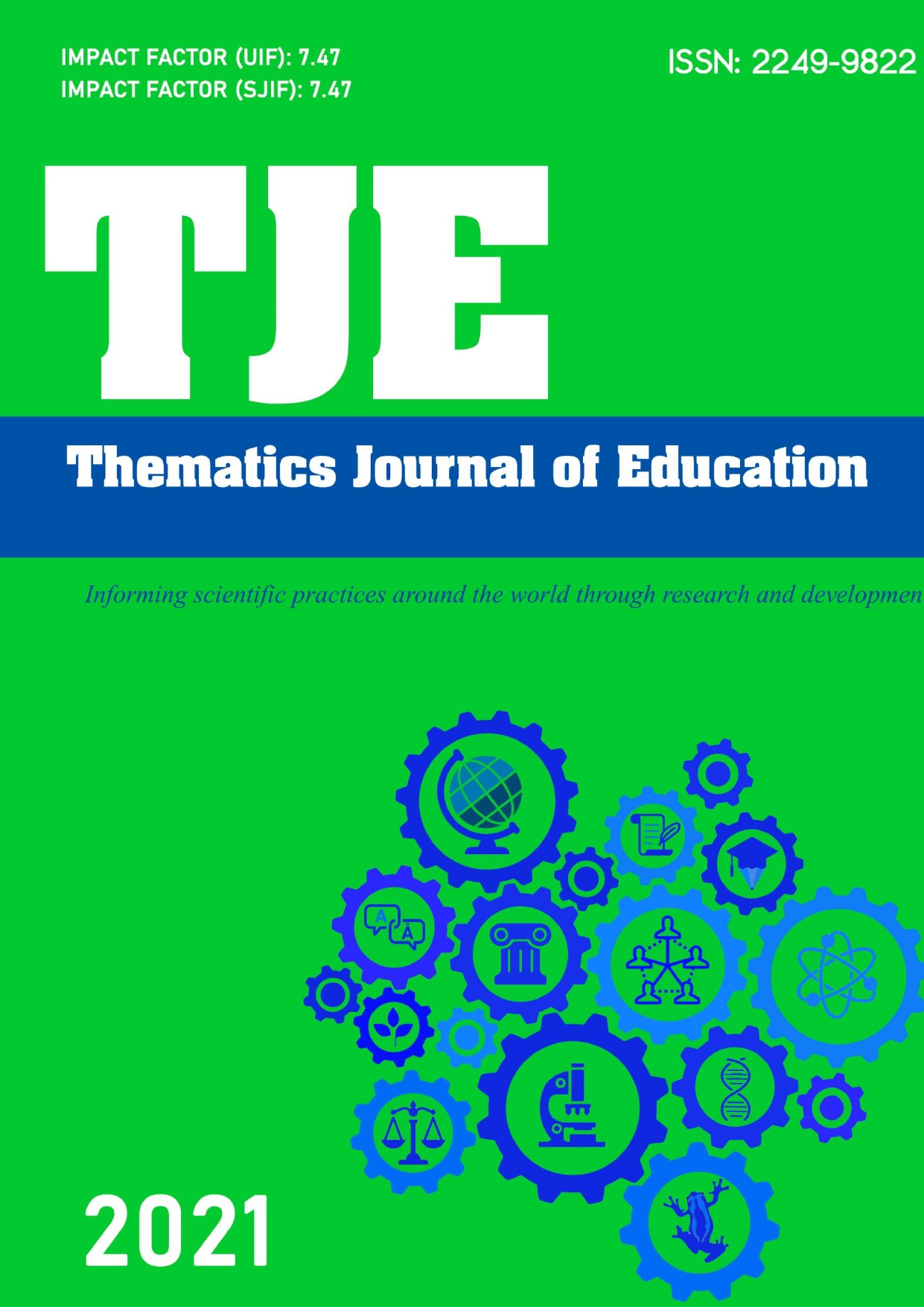VALIDATING A BTR INSTRUMENT FOR P-12 PRESERVICE TEACHERS
Keywords:
K-12 blended learning, blended teaching, blended teaching competencies, information and communication technology, teacher professional development, online integration, personalized instruction, data practices, online interactionAbstract
Blended learning is the fastest-growing teaching modality in North America and much of the world. However, research and training in blended learning is far outpaced by its usage. To remedy this gap, we developed a competency framework and Blended Teaching Readiness Instrument (BTRI) to help teachers and researchers evaluate teacher readiness for blended environments. The purpose of this research is to show that the blended teaching readiness model and accompanying BTRI are reliable for use with teacher candidates both before and after going through a blended teaching course. This knowledge would allow researchers and practitioners to have greater confidence in using the BTRI for future growth curve modeling for the identified blended teaching competencies. To accomplish this, we collected pre and post data from teacher candidates across multiple semesters who were studying in a blended teaching course. Using confirmatory factor analysis, we determined that both the pre-class survey results fell within the range of the four fit statistics cutoffs (RMSEA=.045, CFI=.933, TLI=.929, SRMR=.043). And with removal of the post dispositions construct from the model, the post-class results had good fit as well (RMSEA=.044, CFI=.911, TLI=.905, SRMR=.051). We also showed that the factor loadings and communalities were statistically significant. By testing the factors in this way, we make a case for the survey to be a valid and reliable instrument in assessing blended teacher competency. Additionally, we tested the model for measurement invariance and found that we could reliably use the BTRI for pre-post growth modeling.
References
Archambault, L., Debruler, K., & Freidhoff, J. R. (2014). K-12 Online and blended teacher licensure: Striking a balance between policy and preparedness. Journal of Technology and Teacher Education, 22(1), 83–106.
Archambault, L., Kennedy, K., Shelton, C., Dalal, M., McAllister, L., & Huyett, S. (2016). Incremental progress: Re-examining field experiences in K-12 online learning contexts in the United States. Journal of Online Learning Research, 2(3), 303–326.
Arnesen, K. T., Graham, C. R., Short, C. R., & Archibald, D. (2019). Experiences with personalized learning in a blended teaching course for preservice teachers. Journal of Online Learning Research, 5(3), 251–274.
Arney, L. (2015). Go blended! A handbook for blending technology in schools. San Francisco, CA: Jossey-Bass.
Barbour, M. (2008). What are they doing and how are they doing it? Rural student experiences in virtual schooling. In C. Bonk, M. Lee, & T. Reynolds (Eds.), Proceedings of e-learn 2008—world conference on e-learning in corporate, government, healthcare, and higher education (pp. 2496-2503). Las Vegas, NV: Association for the Advancement of Computing in Education (AACE).
Barbour, M. K., Brown, R., Hasler Waters, L., Hoey, R., Hunt, J., Kennedy, K., Ounsworth, C., Powell, A., & Trimm, T. (2011). Online and blended learning: A survey of policy and practice from K-12 schools around the world. Vienna, VA: International Association for K-12 Online Learning.




